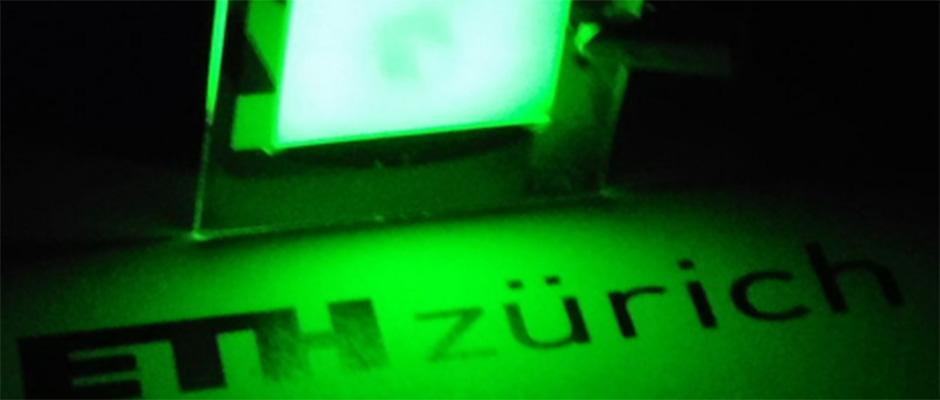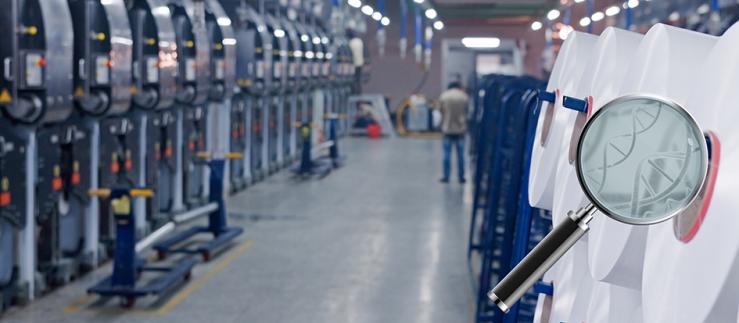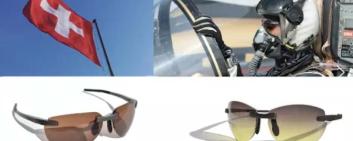A group of scientists from Zurich, South Korea and Taiwan led by Chih-Jen Shih, professor of Chemical Engineering at the Federal Institute of Technology in Zurich (ETH), have made a breakthrough in colour display.
“To date, no one has succeeded in producing green light as pure as we have,” revealed Shih in a statementpublished by the ETH.
The light-emitting diode (LED) developed by the researchers is in line with 97 to 99 per cent of the prevailing international standards for ultra-fine display screens. None of the displays currently available on the market exceeds 80 per cent.
While the ultra-pure green light developed in Zurich could bring significant improvement to screens, the procedure for manufacturing the diode is also innovative.
Until now, high-temperature processes were required to produce pure light with LED technology. However, the ultra-thin, bendable light-emitting diode from Zurich can emit pure green light “using simple room-temperature processes”, according to the statement.
Furthermore, the semiconductor crystal’s raw material is perovskite rather than indium gallium nitride and the diode is only 4.8 nanometres thick.
It will still take some time before the diode appears in industrial applications. The next step is to improve the efficiency of the new light-emitting diodes from 3 per cent to at least 6 to 7 per cent. Its lifespan of only a few hours must also be improved, because LEDs in screens must function year-round.







